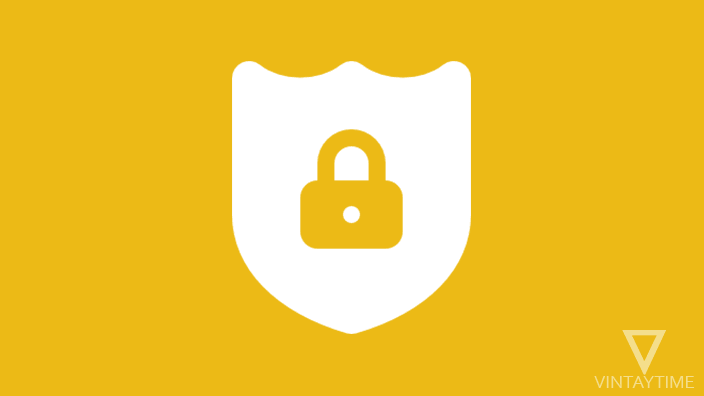IoT meaning – IoT is growing at a faster pace, and smart homes are now a part of your daily living. Next, it may be hard for anyone to imagine what changes industrial IoT is going to bring in the industry 4.0 era. In this article, we are discussing some of the best practical applications of IoT in energy, robotics, manufacturing, and other related industries. What are IoT solutions?
Understand Industrial IoT [IoT meaning related to Industrial Automation & IoT solutions]
Industrial Internet of Things or IoT is referred to as an interconnected system of controllers, sensors, and other connected devices to overview the industry operations in an automated way. IoT-based connectivity will let a better control of the industrial systems through remote access monitoring. However, most importantly, IoT focuses on data collection, storage, exchange, and analysis of the same for insightful decision making.
As we know by now, Industrial IoT has an enormous potential to improve quality and productivity and reduce cost by optimizing efficiency. IoT based solutions can also cut down the operational costs and ensure faster implementation. As we discussed above, the major utility of data-drive IoT systems is industrial automation.
It brings together industrial machinery, computers, PLC systems, robots, etc., and reduces the need for human interactions to run industrial processes. Industrial IoT tends to plan an important role in industrial automation as we can see lately that the number of IoT applications tends to increase largely.
More and more effective systems are being created owing to industrial IoT in many industries. These are largely affordable and also flexible to the customer’s needs. Implementation of IoT can positively impact the production volume, efficiency, and uptime of machines without depending on human involvement.
The first step of IoT involvement is to get started with IoT , and at the next stage, enterprises should customize their industrial IoT model. Here are the essential components of IoT to start with.
- IoT components – PLCs, HMI, IPCs, sensors, cameras, robots, etc.
- Connectivity – Internet, 4G/cellular connectivity, ethernet network, etc.
- Data – Clean and reliable data is the basic fuel of any IoT system. It is essential to have proper data management as to how it is collected, stored, analyzed, and utilized to add value to IoT processes.
- Cloud-based platform – There should be a secured, centralized platform to hot data and enable remote services.
- Analytics interface – There should be a user-friendly dashboard for humans to interact with the IoT system and analyze the components.
- IoT Intelligence – Actionable insights to be derived from the data using smart analytical tools to give reports or trigger alarms for actions.
For industrial IoT solutions, it is essential to have a strong database backup in place, for which you can rely on services offered by providers like RemoteDBA.com.
Real-time IoT examples

Further, we will discuss some of the industrial IoT applications used in various industrial automation environments.
- Analyzing PLC problems during emergencies
This is one major threat to any factory. For example, the emergency button may have been accidentally pressed without anyone realizing it as a mistake. As there is no defect to be found, the engineers may ultimately fail to locate the root cause. This ends up wasting valuable time and cost involved due to downtime.
With remote access in place, the machine builder will be able to access and analyze the machine to reset it if necessary. It may take only a few minutes to analyze the problem and resolve it.
- Preventing a label printing machine from going out of paper
This is another common use case in packaging or logistic sectors. This may sometimes become fatal if the machine runs of loaded labels. In order to prevent it, there should be an alert provided to the operators on time to avoid the scope of this scenario. With the IIoT system, the sensor data counter can trigger alarms by allowing the machine operators to take necessary action on time.
This can also be set as a push notification over the mobile phone that even someone at a distance is alerted about the same. In many similar uses cases in various industries, such alarms can be really lifesaving.
- Predicting maintenance needs and part replacements
There are a lot of varieties of industrial machines, solar panels, and other energy products which require frequent maintenance. It may sometimes be easy to understand when the maintenance may be needed, as in the case of any visible degradation.
But, in many other cases, it will be easy for the operator in charge to understand underlying maintaining needs which are not visible at the first point. Such unexpected maintenance needs may create a huge adverse impact on production hours with big downtimes.
So, it is sensible to implement IoT based predictive maintenance, which can alert the need for possible maintenance well ahead of its time to plan the same without hampering the productivity. It is ideal to start using the counter of the PLC systems and keep the log on cloud-based storage following industrial protocols as OPC-UA, Siemens S7, Modbus, Ethernet IP, or so.
This data can be easily visualized on the IIoT dashboard from where actionable insights can be derived, and alerts can be initiated through email or push notification, etc.
- Optimize robotic process automation
The industry robots like UR+ robots, etc. may make repetitive tasks much easier. It is not just in the manufacturing sector, but process automation is a feasible time saver and quality booster for any given industry.
With IoT in place, it is possible to incorporate remote access features to robotic programmable actions to get insight into the log file data for changeover or troubleshooting. Add-on video analysis will also help to improve the actions of such robots. It is possible to support it with quick VPN setups to gain complete network access or use AR / VR technologies to inspect the circumstance for better decision-making.
Building automation is also another area where IoT offers significant benefits. Owing to effective building automation, IoT systems can be used to monitor, manage, and ensure energy efficiency, lighting, heating, safety assurance, etc., for multiple locations.
Now, Edge connectivity will also help to transfer machine data in real-time over centralized cloud applications. You can also use open cloud systems for custom IoT applications. Suppose you are looking for more specific use cases or get inspiration on specific industry-specific IoT applications. In that case, it is ideal for getting a professional consultation to evaluate your use case and provide IoT solutions.
- – IIoT – Industrial Internet of Things or IoT





